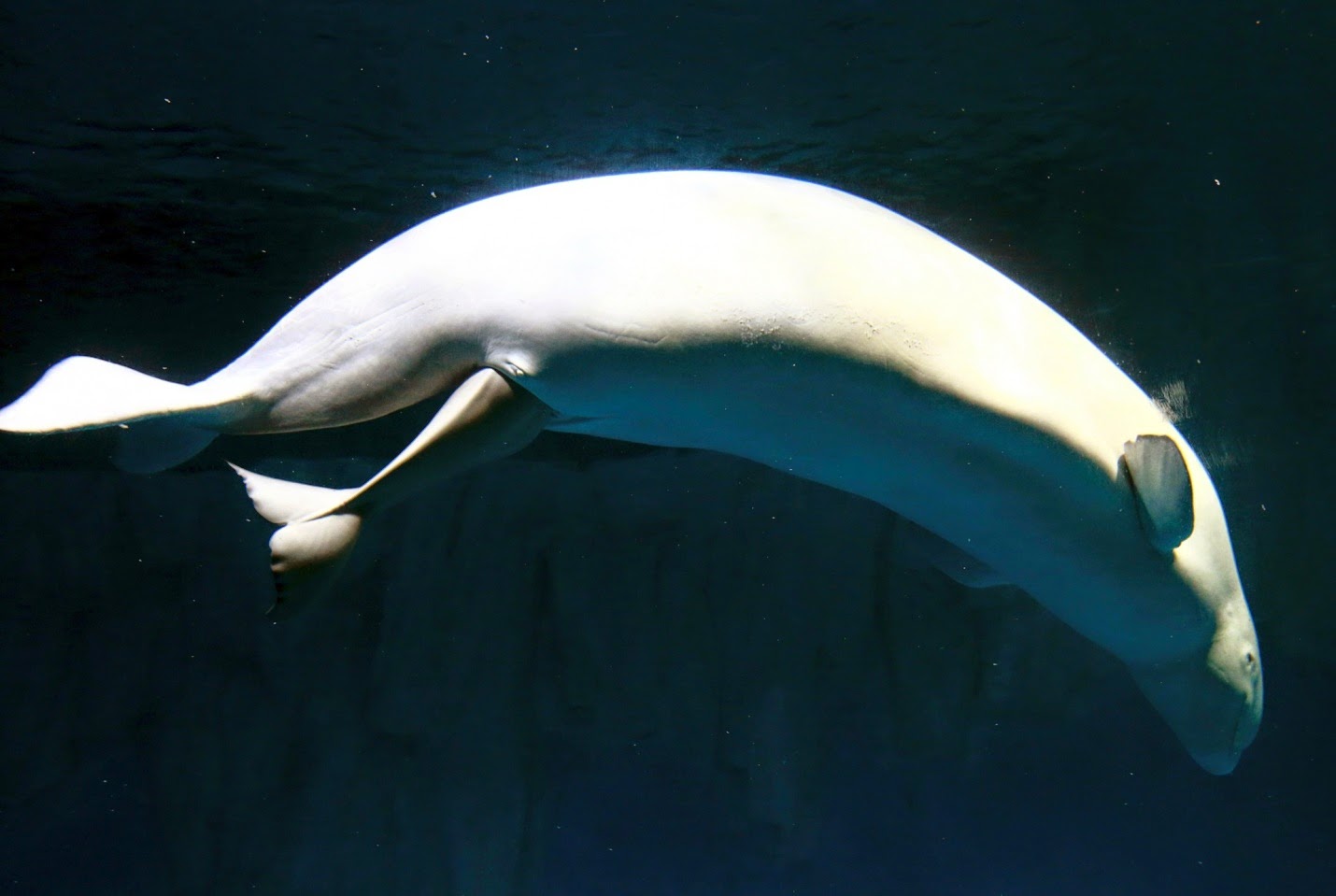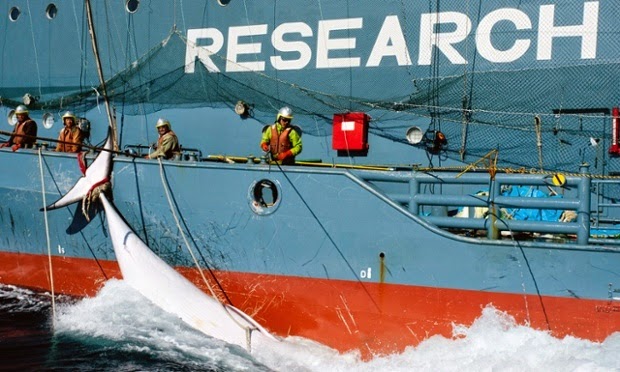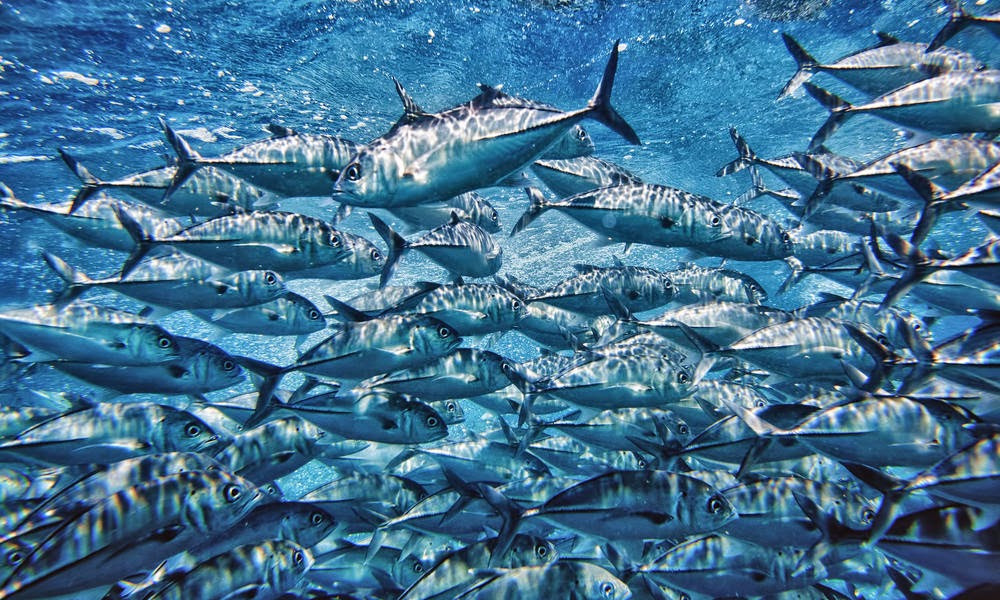2. Beluga Whale Birth Caught on Video
———————————————–
3. New Marine Reserve Established in Central Africa
A new marine reserve off the coast of the central African nation of Gabon will protect 18,000 square miles of ocean, home to threatened species such as great hammerhead sharks, tiger sharks, whale sharks, manta rays, and leatherback turtles. Commercial fishing is banned in the area. Read more here…
———————————————–
4. Japan Reduces Whaling Quota
Japan plans to kill 333 minke whales when it resumes whaling in Antarctic waters next year, a reduction from last year’s quota of 855. This follows a ruling at the International Court of Justice that the program was unscientific and merely an excuse to continue commercial whaling. Japan will continue its hunt despite a non-binding vote at the International Whaling Commission demanding limits on the program. Read more here…
Saltwater fish may be extinct by 2048 if we do not act now, according to a study published in the journal Science. Loss of ocean biodiversity has accelerated in recent years, threatening entire marine ecosystems due to declining water quality, aglal blooms, dead zones, fish kills, and coastal flooding. But we may be able to reverse the trend if we take action to improve diversity in vulnerable areas. Read more here…
Scientists think they have identified the cause of massive sea star die-offs along the Pacific Coast of the U.S. The culprit appears to be a virus similar to one that affects sea urchins and cockroaches. This commonplace virus has become lethal for unknown reasons. There is good news, however: massive numbers of baby starfish are showing up in some areas of the Pacific Coast. Read more here…
8. World Parks Congress Aims to Protect 30 Percent of World’s Oceans
9. Seabirds Dying Along California Coast
Dead seabirds are washing up on central California beaches, possibly as a result of starvation caused by high ocean temperatures and a lack of zooplankton. The birds, called Cassin’s auklets, normally live in the open ocean and are rarely sighted along the coast. Auklets are an “indicator species” that provide a picture of the overall health of the marine ecosystem. Read more here…
Be sure to “LIKE” http://facebook.com/SeaSave to ensure our “Week in Review” is delivered to your newsfeed every Thursday.













